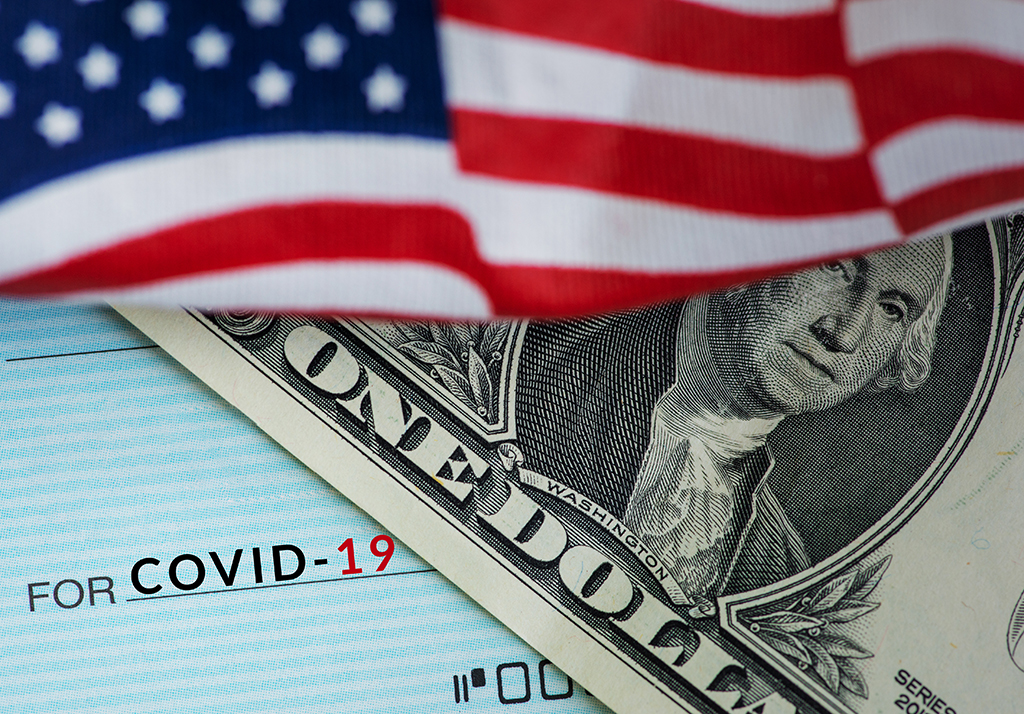Monday evening, the United States Congress passed a second COVID-19 relief bill. The new legislation totals $900 billion and will need to be signed by President Trump to take effect. Trump indicated on Tuesday evening that he would like to see certain modifications before signing the bill, so it remains to be seen whether this bill passed by congress will become law. Below are the key provisions included in the legislation for businesses and individuals.
Paycheck Protection Program (PPP) Loans
PPP loan recipients will not be taxed on PPP loans forgiven: The new legislation ensures tax-free treatment of forgiven PPP loans. The new bill specifies that business expenses paid with forgiven PPP loan funds are tax-deductible, superseding previous IRS guidance that business expenses paid with forgiven PPP funds would be treated as non-deductible expenses. This is great news for small business owners who have received PPP loans.
PPP2 Loans: The second round of PPP loans (PPP2 loans as they have been dubbed) have been made available with the new bill. Additional PPP2 loans are available to the following businesses:
- First-time qualified borrowers
- Certain businesses previously receiving PPP loans provided they:
- Have 300 or fewer employees
- Have used or will use the full amount of their first PPP loan
- Can show a 25% gross revenue decline in any quarter in 2020 compared with the same quarter in 2019
The maximum amount of PPP2 loans is $2 million, which is less than the original PPP maximum of $10 million. The bill also expands the types of organizations eligible to receive PPP funds to include certain types of nonprofit organizations.
Simplified forgiveness application and approval process for PPP loans under $150,000: The Small Business Administration (SBA) will be required to create a one-page form for loan forgiveness applications for PPP loans of $150,000 or less on which the borrower must certify the following items to be granted loan forgiveness:
- Number of employees the borrower was able to retain because of the loan
- Estimated amount of the loan spent on payroll costs
- Total loan amount
Borrowers are required to maintain relevant documentation related to information provided to obtain the loan in their records. The SBA may review the loans to check for fraud.
Individual Relief
- $166 billion in additional stimulus payments for individuals: Another round of individual stimulus payments will be made in the amount of $600 per individual, $1,200 per married couple, and $600 per dependent child. The payment (which is a 2020 refundable tax credit paid in advance) phases out beginning at $75,000 of adjusted gross income (AGI) for individuals and $150,000 in AGI for married couples. Payments are fully phased-out at $87,000 for single filers and $174,000 for married filing joint filers. Like the previous round of stimulus payments, payments will be made based on information reported on 2019 tax returns.
- $120 billion in expanded federally funded unemployment benefits for the period from December 26, 2020 through March 14, 2021, including a $300 weekly federal supplemental unemployment benefit, as well as other unemployment benefit made available with pandemic related legislation.
Other Miscellaneous Items
- Economic Injury Disaster Loan (EIDL) program extended
- Employee retention tax credit extended and expanded through July 2021
- Employer-side of social security payroll tax credits extended through March 2021
- Business meals to be 100% deductible for 2021 and 2022
- Above-the-line charitable donation deduction maximum increased from $300 to $600 beginning in 2021
We are here to help you. Please consult your Donovan advisor to discuss how these changes may impact you directly.







